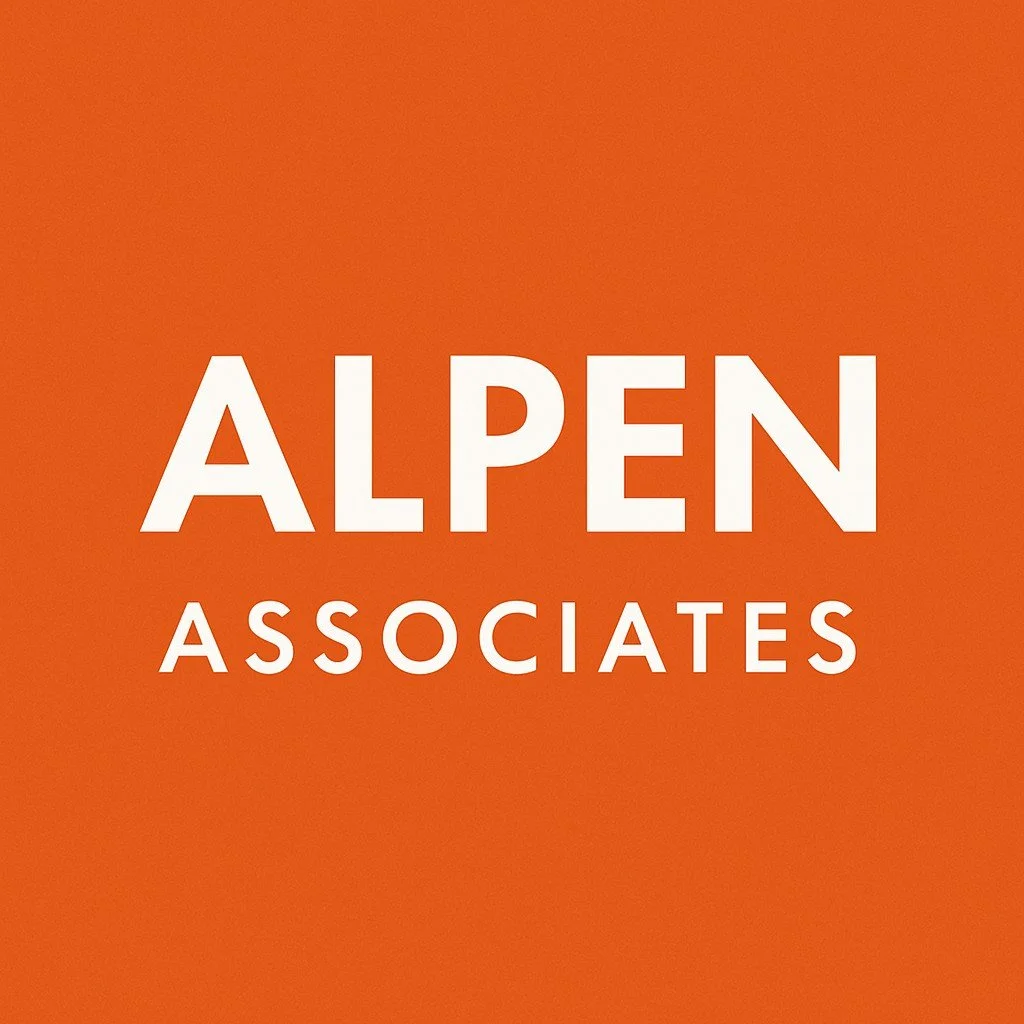The Infrastructure Advantage: How Communities Win with Public Finance
Businesses and communities across Utah and other high-growth states are competing fiercely for investment, talent, and residents. Yet every site selection decision comes down to one critical question: Is the infrastructure ready?
Today’s demand for housing and industrial development in many areas is outpacing municipal and state funding capacity. At the same time, public resistance to local debt and anti-growth sentiment are constraining development.
Without the right financing tools, regions risk falling behind in site readiness and losing long-term competitiveness.
From Traditional Bonds to Growth-Based Tools
For centuries, communities have relied on general obligation bonds to fund public infrastructure projects. These bonds are dependable, but they require voter approval and place the repayment burden on the entire tax base.
Tax Increment Financing (TIF) and Special Assessment Districts (SADs) were introduced to shift obligations away from a whole taxing jurisdiction to the projects or districts that directly benefit from investment. In essence, these mechanisms allow “growth to pay for growth”, aligning infrastructure costs with those who gain from it.
Public Infrastructure Districts: The Next Evolution
In recent years, a new public finance tool emerged to deliver projects at scale in a way that does not encumber the broader tax base or require a vote by the general electorate. Enter the Public Infrastructure District— a tool particularly well-suited for large greenfield or master-planned developments.
PIDs originated in the Western U.S. and function by issuing bonds backed by property assessments or district taxes. Unlike TIFs, repayment does not depend on future tax increment growth. Instead, property owners within the district directly fund the improvements through assessments or levies.
By combining the project-specific focus of TIFs and SADs with the scale of government bonds, PIDs provide a flexible, powerful tool for both developers and municipalities. In Utah, they are rapidly becoming the financing model of choice as the state grapples with record population growth and urgent demand for housing and infrastructure.
Financing Tools in Action: The Point Utah
Before founding Alpen Associates, I worked with these financing tools as a management consultant with PricewaterhouseCoopers and later as COO of The Point Utah, a 700-acre, multibillion-dollar master-planned community. There, my team evaluated various funding alternatives and chose to adopt a PID that recently closed, to fund roads, utilities, structured parking, public spaces, and a 5,000-seat event venue to activate the site. At the same time, we created a Housing Trust Fund to ensure affordability was embedded from the outset. Once complete, The Point will house more than 15,000 residents and stand as one of Utah’s most significant developments.
This approach demonstrates how innovative public finance structures can accelerate upfront investment, reduce barriers to site readiness, and integrate affordability into long-term growth models.
Alpen Associates: Financing Tools for Growing Communities
At Alpen Associates, we have built Utah’s only full-service economic development consulting firm. Our integrated approach connects strategy through execution with expertise spanning management consulting, land development, economic modeling, public finance, business recruitment and retention, and community engagement.
Let us help you deploy the right financing tools to unlock capital, accelerate infrastructure delivery, and create sustainable, competitive places to live and do business.
- Scott Cuthbertson, CEO of Alpen Associates
